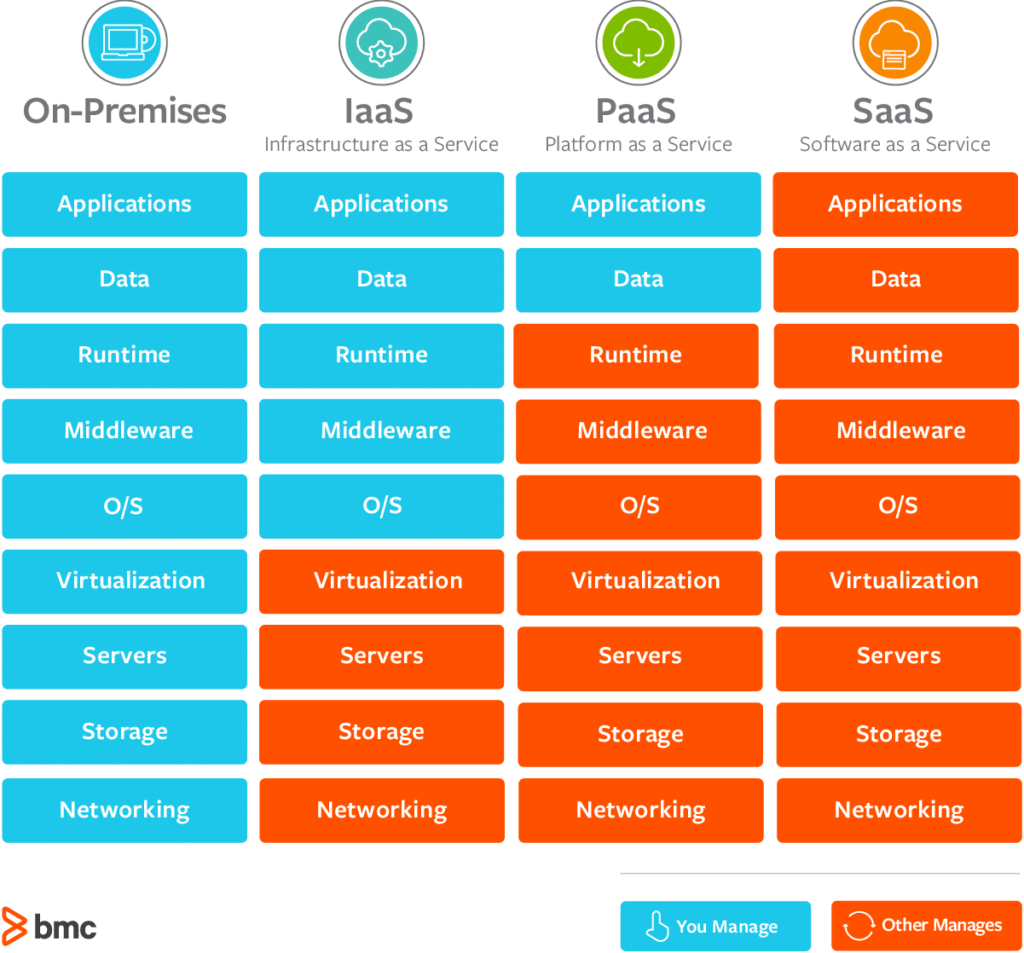Simplifying Operations and Processes With Cloud Solutions Automation
In today's swiftly developing digital landscape, companies are continuously seeking ways to enhance their procedures and raise performance. One service that has gotten substantial grip is the adoption of cloud services automation. By leveraging automated processes in the cloud, companies can simplify intricate workflows, boost productivity, and decrease hands-on errors. Nevertheless, the benefits of cloud services automation prolong far beyond simple effectiveness gains. Remain tuned to check out just how this transformative modern technology can revolutionize the way companies operate, collaborate, and secure their data.
Benefits of Cloud Solutions Automation
Cloud services automation offers significant advantages for companies seeking to streamline procedures and improve effectiveness in their digital infrastructure. Among the main benefits of cloud solutions automation is the capacity to increase agility and scalability within a company. By automating different tasks such as provisioning, arrangement, and tracking of cloud resources, services can respond more promptly to altering demands and scale their procedures more successfully.
Furthermore, cloud services automation aids in minimizing human errors that can take place throughout manual procedures - linkdaddy cloud services. Automated operations guarantee consistency and accuracy in the implementation and management of cloud solutions, ultimately causing improved integrity of electronic systems. This, in turn, improves overall operational performance and decreases downtime because of mistakes
Additionally, cloud solutions automation enables expense financial savings by optimizing source application and decreasing the demand for manual intervention. By automating regular tasks, organizations can reallocate human sources to extra tactical efforts, driving technology and competitiveness in the marketplace. In general, the advantages of cloud solutions automation contribute in modernizing company procedures and attaining sustainable growth in the digital age.
Executing Cloud Automation Equipment
Building on the advantages highlighted in the previous conversation, the application of automation devices in cloud services improves operational efficiency and optimizes source application within companies. When applying cloud automation devices, it is critical to initial analyze the particular requirements and goals of the organization to align the automation strategy with the total business purposes. This entails recognizing repeated tasks, manual procedures, and traffic jams that can be automated to streamline procedures.

Furthermore, organizations ought to purchase training and upskilling their workforce to successfully utilize the cloud automation devices and maximize their benefits. Continual surveillance, examination, and optimization of the automation procedures are likewise essential to make certain continuous effectiveness and efficiency in attaining business objectives. By attentively implementing cloud automation tools, companies can drive development, enhance agility, and stay affordable in today's rapidly developing digital landscape.
Enhancing Partnership With Cloud Automation
Enhancing collaboration through the critical application of automation devices in cloud solutions promotes collaborating relationships among staff member and stakeholders, inevitably driving effectiveness and advancement in business process. By leveraging cloud automation for partnership, teams can enhance interaction, share real-time updates, and jointly work with jobs despite geographical places. Cloud automation devices promote smooth integration of information and jobs, enabling staff member to accessibility information without delay and contribute concurrently to tasks. Furthermore, cloud automation improves presence and openness, as group participants can track progression, identify bottlenecks, and assign sources efficiently. This openness promotes accountability and urges a society of synergy and participation. In addition, automation minimizes hands-on errors, speeds up decision-making processes, and releases up time for team participants to concentrate on high-value tasks. Eventually, enhancing partnership via cloud automation results in enhanced performance, faster job distribution, and a more active and cutting-edge business society.
Protection Considerations in Cloud Automation

Furthermore, continual tracking and auditing of cloud automation processes are vital to detect any kind of abnormalities or suspicious tasks quickly. Regular safety analyses and infiltration screening can help recognize susceptabilities before they are manipulated by malicious stars. It is additionally crucial to develop clear policies and treatments relating to information handling, access control, and occurrence action to keep a protected cloud setting.
Collaboration with seasoned cloud safety and security experts and leveraging sophisticated safety devices can additionally improve the defense of delicate information and improve safety and security management in cloud automation process. By focusing on safety factors to consider, organizations can make the most of the advantages of cloud automation my response while safeguarding their important assets from possible threats.
Measuring Success in Cloud Automation
Attaining measurable results and assessing performance metrics are important parts of analyzing the performance of cloud automation implementations within companies. By specifying vital efficiency indications (KPIs) ahead of time, businesses can track progression and establish the effect of cloud automation on their procedures. Metrics such as expense savings, time-to-market, source use, and content error decrease can provide valuable insights into the success of cloud automation efforts.
One crucial facet of determining success in cloud automation is lining up KPIs with the company's overall goals and goals. This ensures that the metrics being tracked straight add to strategic outcomes. Routinely keeping an eye on these KPIs allows companies to adapt and maximize their cloud automation procedures constantly.
Additionally, responses from stakeholders in all levels of the organization can supply important viewpoints on the efficiency of cloud automation services. By integrating this responses into performance evaluations, businesses can make enlightened choices to drive effectiveness and advancement via cloud automation. Ultimately, gauging success in cloud automation requires a holistic technique that considers both quantitative metrics and qualitative feedback to evaluate the complete impact of automation efforts.
Conclusion
Carrying out cloud automation tools can simplify process and processes, leading to enhanced productivity. By gauging success metrics, companies can guarantee that their cloud automation initiatives are useful source providing the preferred end results.

As companies accept the effectiveness and collaborative advantages of automation tools in cloud solutions, resolving safety considerations becomes paramount to secure sensitive information and minimize possible threats - Cloud Services. Inevitably, measuring success in cloud automation calls for an alternative technique that thinks about both quantitative metrics and qualitative feedback to assess the complete influence of automation initiatives